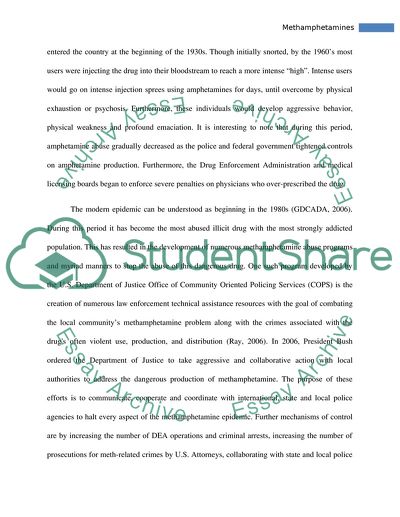Cite this document
(Methamphetamine Use in America Research Paper Example | Topics and Well Written Essays - 1750 words, n.d.)
Methamphetamine Use in America Research Paper Example | Topics and Well Written Essays - 1750 words. Retrieved from https://studentshare.org/social-science/1771187-methamphetamine-use
Methamphetamine Use in America Research Paper Example | Topics and Well Written Essays - 1750 words. Retrieved from https://studentshare.org/social-science/1771187-methamphetamine-use
(Methamphetamine Use in America Research Paper Example | Topics and Well Written Essays - 1750 Words)
Methamphetamine Use in America Research Paper Example | Topics and Well Written Essays - 1750 Words. https://studentshare.org/social-science/1771187-methamphetamine-use.
Methamphetamine Use in America Research Paper Example | Topics and Well Written Essays - 1750 Words. https://studentshare.org/social-science/1771187-methamphetamine-use.
“Methamphetamine Use in America Research Paper Example | Topics and Well Written Essays - 1750 Words”, n.d. https://studentshare.org/social-science/1771187-methamphetamine-use.


